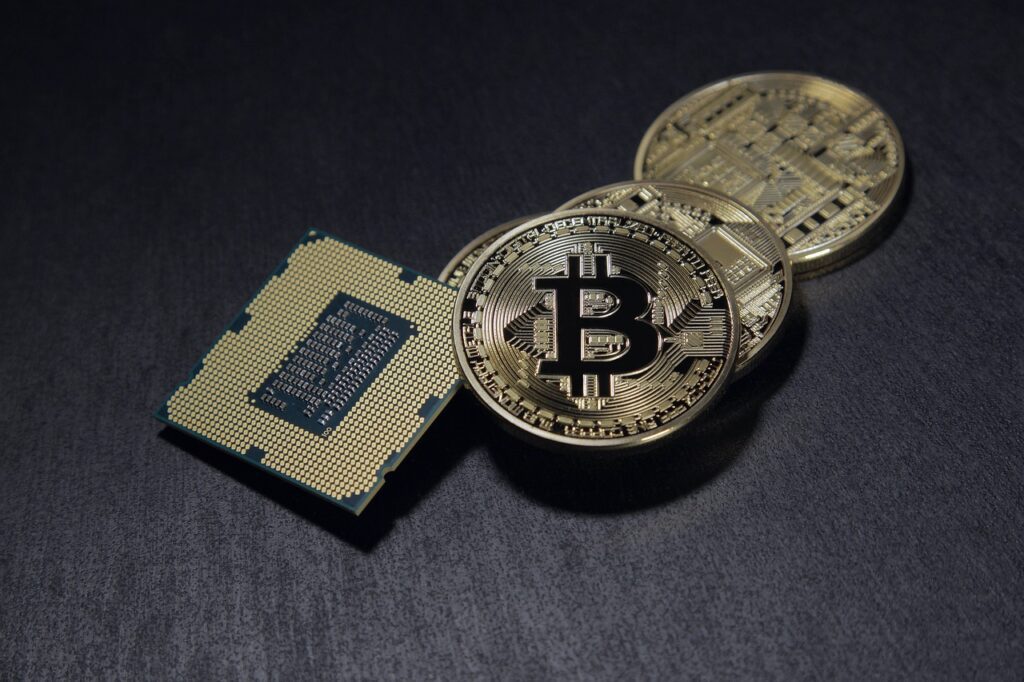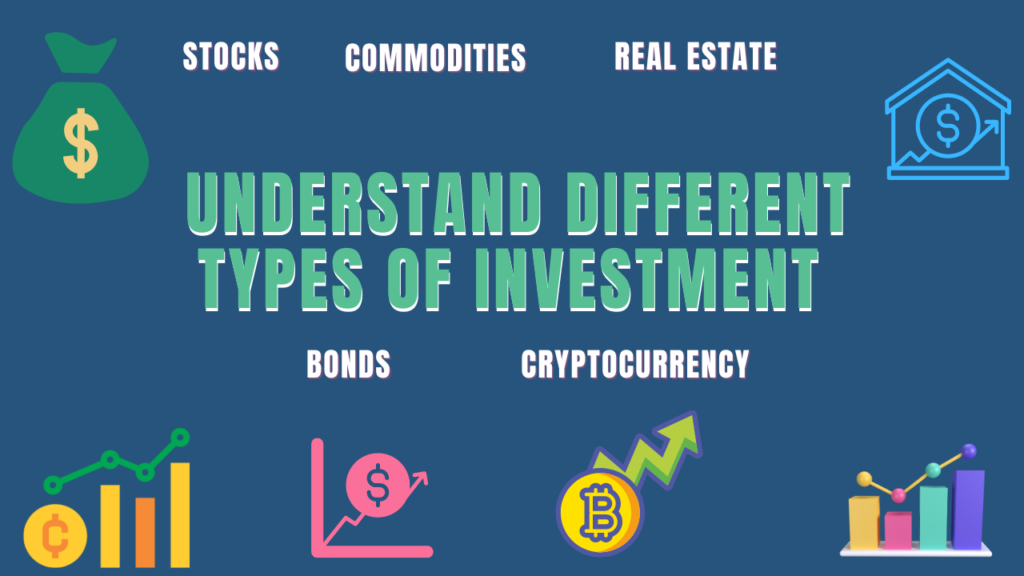Nowadays, IPO has become a hot topic all over globe. Latest IPOs, best IPOs to buy in 2022 these types of news are spreading everywhere. And a lot of people are starting to invest in IPOs by just hearing some news channels. But wait! Do you know about IPOs?
being an financial expert, I would say that without knowing the fundamentals of IPO, there is a huge chance that you will lose your money. So, I would give you an advice that first educate yourself and then slowly start investing in IPOs.
This blog is going to cover all the fundamentals of an IPO. And all the important things you should know before investing.
What is an IPO?
An initial public offering (IPO) is a public offering in which shares of a company are sold to Institutional investors and usually also to retail (individual) investors.
You would also heard of these words that XYZ company is going public. So, what it means to going public. Basically this is it that When an unlisted company first time sell his company’s shares to the public in a primary market to raise funds through an IPO and that IPO is typically underwritten by one or more investment banks, who also systemize the shares to be listed on one or more stock exchanges. Then this process is known as floating, or going public. And through this process, a privately held company is transformed into a public company.
After the successful launch of an IPO, Company’s shares are traded freely in the open market and it is known as free float. Stock exchanges pledge a minimum free float both in absolute terms (the total value as determined by the share price multiplied by the number of shares sold to the public) and as a proportion of the total share capital (I.e., the number of shares sold to the public divided by the remaining total shares). Although, IPO offers many benefits, there are also significant costs involved, chiefly those associated with the process such as banking and legal fees, and the ongoing requirement to disclose important and sometimes sensitive data.
Objectives of an IPO
There could be many objectives for a company to launch an IPO. Because an objective by it’s nature is based on requirements. So, different companies can have different objectives based upon their requirements. Here we will see the four main objectives
i) IPO can be used to raise new equity capital for companies.
ii) To monetize the investments of private shareholders such as company founders or private equity.
iii) To enable easy trading of existing holdings or future capital raising by becoming publicly traded.
iv) To pay companies debt.
How an IPO works ?
A company is considered as private before an IPO. And you can also see this fact in any company’s name like ABC private limited. In this name the word private is referring that ABC company is not a public company. The whole business of a private company is grown by small number of shareholders including early investors like the founders, family and friends along with professional investors such as angel investors and venture capitalist.
For any company to launch an IPO is very big decision. Because there is pros and cons of an IPO. An IPO gives company the access of raising a lot of money. This gives the company a greater ability to grow and expand in much less time.The increased transparency and share listing credibility can also be a factor in helping it obtain better terms when seeking borrowed funds as well.
When a company reaches a level in their growth where they feels they hit a saturation point and now they need more money and more resources to cross that saturation point and become a huge success then they starts thinking of going public. When they believe that they are enough mature for the rigors of SEC regulations along with the benefits and responsibilities to public shareholders, it will start to advertise its interest in going public.
Typically this stage of growth will occur when a company has reached a private valuation pf approximately $1 billion, also known as Unicorn status. But any private company at different valuation with strong fundamentals and proven probability potential can also qualify for an IPO, depending on the market competition and their ability to meet listing requirements.
In an IPO, the price of company’s shares is decided through underwriting due diligence. After the IPO, when a company goes public, the previously owned private share ownership converts to public ownership, and the existing private shareholder’s shares become worth the public trading price. Share underwriting can also include special provisions for private to public share ownership.
Meanwhile, going public of a private company comes with lot of opportunities for millions of investors of to buy shares in the company and contribute capital to a company’s shareholder’s equity. The public consists of any individual or institutional investors who is interested in investing in the company.
Overall, the numbers of shares the company sells and the price for which shares sell are the major factors for the company’s new shareholder’s equity value. Shareholder’s equity still describes shares owned by investors when it is both private and public, but with an IPO, the shareholder’s equity increases significantly with cash from the primary issuance.
History of IPO
Today IPO is one of the most searched topic on internet. It has become a hot topic. The IPO has been buzzword on wall Street and among the investors for decades. But do you know, which was the first IPO? Many scholars say that the Dutchess were the first creator of an IPO. Dutch are credited with conducting the first modern IPO by offering shares of the Dutch East India Company to the general public.
After the first IPO, the concept of IPO became popular. Since then, Companies have been using IPO as a way to raise fund from public investors for their any number of reasons through the issuance of public share ownership.
Time passes, many IPO came and went. Through the years, IPOs have been known for uptrends and downtrends in issuance. Due to innovation and many economic factors, everi individual sectors also experience uptrends and downtrends in issuance. And then we all know dotcom buble of 1990’s, in that period of time tech IPOs multiplied at the height of dotcom boom as startups Without revenues rushed to list themselves on the stock market. And then what happened is known to everyone. Time passes, in 2008 financial crisis heats the world. And because of the crisis, in that particular year the least number of IPOs have seen. After the recession following the 2008 financial crisis, IPOs ground to a halt, and for some years after, new listings were very rare. If you observe carefully then you will see the fact that more recently, much of the IPO buzz has moved to a focus on startup companies which is so- called Unicorns.
Unicorns? – Companies that have reached private valuation of $1billion called Unicorns.
Investors and media heavily speculate on these companies and their decision to go public via an IPO or stay private.
So this is the brief history of IPO.
Procedure of an IPO
The initial public offering essentially contains two parts. The first part is pre-marketing phase of the offering, while the second is IPO itself. When a company interested in launching its IPO, it will advertise underwriters by soliciting private bids or it can also make public statement to generate Interest. After advertisement, the underwriters will handle all the steps of an IPO. And the underwriters are choosen by the company itself. A company can choose a single underwriter or it can choose multiple underwriters to manage the different different parts of IPO like document preparation, filing, marketing and issuance.
Here is given the step by step levels of an IPO
1) Proposals:- Underwriters present proposals and valuations discussing their services, the best type of security to issue, Offering price, amount of share and estimated time frame for the market offering.
2) Underwriters:- The company chooses an single underwriter or multiple underwriters and formally agrees to underwrite terms through an underwriting agreement.
3) Team:- An IPO team should be very professional. IPO teams are formed containing underwriters, lawyers, certified public accounts (CPAs), and Securities and Exchange Commission (SEC) experts.
4) Documentation:- information regarding the company is compiled for required IPO documentation. The S-1 registration statement is the primary IPO filing document. It has two parts -the Prospectus and the privately held filing information. The S-1 includes preliminary information about the expected date of filing. It will be revised throughout the pre-IPO process. And the included prospectus is also revised continuously.
5) Marketing and Updates:- Marketing materials are created for pre marketing of the new stock issuance. Underwriters and executives market the share issuance to estimate demand and established a final offering price. Underwriters can make revisions to their financial analysis throughout the marketing process. This can include changing the offering price or issuance date as they see fit. Companies take the necessary steps to meet specific public share offering requirements. Companies must follow to both exchange listing requirements and SEC requirements for public companies.
6) Board and Processes:– Companies form a board of directors and ensure processes for reporting auditable financial and accounting information every quarter.
7) Shares Issued:- The company issues it’s shares on an date. Capital from the primary issuance to shareholders is received as cash and recorded as shareholder’s equity on the balance sheet. Subsequently, the balance sheet share value becomes dependent on the company’s shareholder’s equity per share valuation comprehensively.
8) Post IPO:- Some post-IPO provisions may be instituted. Underwriters may have a specified time frame to buy an additional amount of shares after the initial public offering (IPO) date. Meanwhile, certain investors may be subject to quite periods.
Advantages Of IPO
1. One of the best advantage of an IPO is that the company gets access to entire investing public to raise capital. This facilitates easier aquitision deals (share conversions) and increases the company’s exposure, prestige and public image, which can help the company’s sales and profits.
2. An IPO increased transparency that comes with required quarterly reporting and it can usually help a company receive more favorable credit borrowing terms than a private company.
Disadvantages Of IPO
1. An IPO is very expensive and it is one of the biggest advantage of an IPO.There are significant legal, accounting, and marketing costs involved in an IPO. And many of these costs are ongoing.
2. Fluctuations of share price can distract management and it will lead to a major loss of the company.
3. After an IPO, management’s responsibility increases in many ways. Increased time, effort and attention.
IPO alternatives
Now you can ask a question that is IPO an only way for a private company to go public? The answer is no there are two other ways to go public.
1. Direct Listing:- A direct listing is when an IPO is conducted without any underwriters. Direct listing skip the underwriting process, which means the issuer has more risk if the offering does not well, but issuers also may benefit from a higher share price. I want you to let you know that a direct offering is only feasible for those company which have an well-known brand and a very attractive business.
2. Dutch Auction:- Dutch auction is a bidding process. In an Dutch auction, an IPO price is not set. Potential buyers can bid for the shares and the price they are willing to pay. The bidders who were willing to pay the highest price of the share become the owner of that share. This is how a Dutch Auction process works.
Now we have come to the end of this blog. Let’s take a look at 3 most searched questions (Faqs) relating to IPO on the internet.
FAQ
a) What is the main purpose of an Initial Public Offerings?
ANS:- The main purpose of an Initial public offering is to raise fund for the company to grow the business.
b) Can anybody invest in an IPO?
ANS:- For an individual investors, there is very less chance to invest in IPO. But if you are an investment firm or a large investment body you can invest in an IPO.
c) Is an IPO a good investment?
ANS:- Any investment is a good investment if you are doing it consciously. If you know the fundamentals then it will easier for you. And you should aware of the best case scenario and the worst case scenario. Keep these things in mind while investing.










